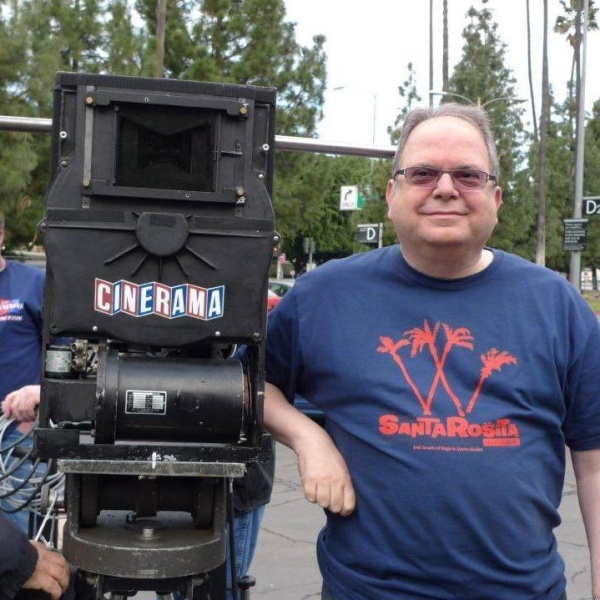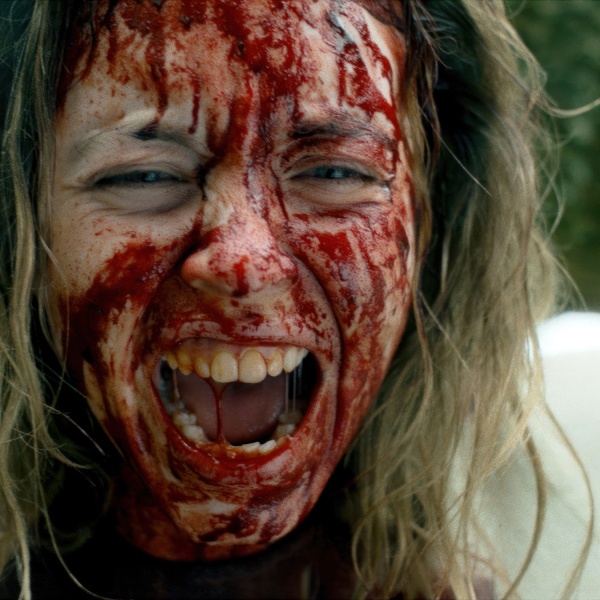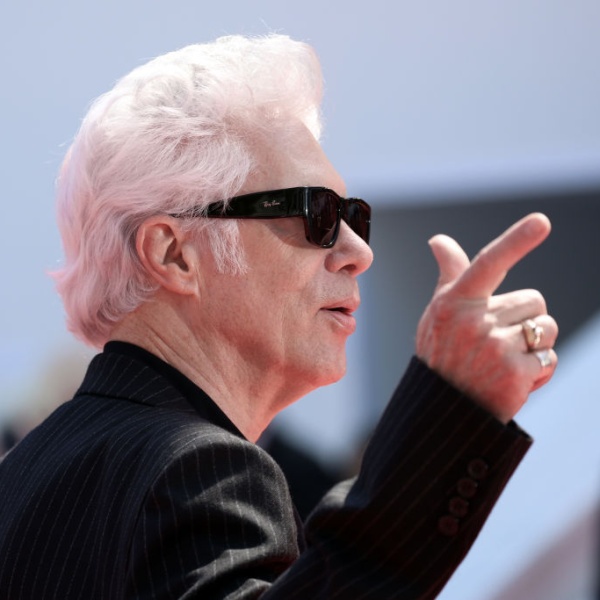This article contains IndieWire’s preliminary Best Visual Effects predictions for the 2024 Oscars. We regularly update our predictions throughout awards season and republish previous versions (like this one) for readers to track changes in how the Oscar race has changed. For the latest update on the frontrunners for the 96th Academy Awards, see our 2024 Oscars predictions hub.
The State of the Race
The Oscar race for VFX has come down to “The Creator,” “Godzilla Minus One,” “Guardians of the Galaxy Vol. 3,” “Mission: Impossible — Dead Reckoning Part One,” and “Napoleon.” It’s a great field, and all performed well at the Academy Museum bakeoff on January 13. The biggest snub was “Spider-Man: Across the Spider-Verse,” which valiantly touted its epic 2D comic book aesthetic and how its innovative toolset helped achieve a new level of VFX achievement. But there was just too much resistance to overcome the widespread belief that animation doesn’t belong in the category.
Meanwhile, “The Creator” also led the Visual Effect Society pack with seven nominations (including the best prize for photoreal feature). The 22nd VES Awards will take place February 21 at the Beverly Hilton Hotel.
All five nominees performed well at the Academy Museum VFX bakeoff on January 13, with “Godzilla Minus One” (the first Japanese-language film to earn a VFX nomination) stealing the show and getting the biggest applause. Director and VFX supervisor Takashi Yamazaki (the first director to get nominated for VFX since Stanley Kubrick for “2001: A Space Odyssey”) was very effective in playing up their indie underdog role in going up against the studio Goliaths.
Now it’s a two-film race between Gareth Edwards’ frontrunning “The Creator” (20th Century/Disney) and Yamazaki’s surging “Godzilla Minus One” (Toho). After the director shot the entire film guerilla-style in 80 locations throughout Southeast Asia as the primary camera operator with a small crew and natural light, ILM made the $80 million indie look like a $200 million blockbuster through clever reverse-engineering in post (designing and placing the naturalistic VFX over the actors playing AI simulants and the photographic plates as set extensions). But Yamazaki and his small team of 35 artists were a true indie force to be reckoned with. They managed to produce 610 CG shots on a minuscule budget, including a ferocious and highly detailed animated monster and impressive water simulation for the climactic battle. The film’s secret weapon was young compositor Tatsuji Nojima, who also took on the challenging water simulation after impressively dabbling with Houdini in his spare time.
James Gunn’s “Guardians” (Marvel/Disney) finale became a touching Rocket story (including his painful origin as a cruel lab experiment), and Framestore was integral in pulling off the animation with expressive facial animation and detailed fur. In addition, Framestore made use of a new Groot design to make him bulkier and more powerful. Sony Pictures Imageworks worked on the trippy Orgoscope space station battle, and Wētā FX returned as well to handle the impressive two-minute, single-shot attack on the Arête spaceship.
Ridley Scott’s “Napoleon” (Apple TV+ Columbia Pictures) provides a great example of seamlessly integrating CG with practical effects (divided between MPC and ILM) for its various battles (each with different geometric strategies). The highlight is MPC’s Battle of Waterloo sequence. Despite Scott downplaying the role of VFX, the film relied heavily on digital effects while staying true to his core principle of doing as much as possible practically. For Waterloo, they used a few real cannons and cannon fire and created the rest digitally. Likewise, they hired a few hundred extras, and from that, they extrapolated and created 50,000 digital troops. Since the British army of the time used defensive squares comprised of around 500 soldiers, one full square was photographed on set that the post-production visual effects artists used as a reference to create dozens of additional squares. To match the CG horses with the real ones (the tails of the real horses waved differently), they kept pushing for new levels of detail in the animation.
For Christopher McQuarrie’s “Dead Reckoning Part One” (Paramount), this nomination represents a franchise first (it was also nominated for sound). There were several impressive action set pieces by ILM, highlighted by the climactic Orient Express train wreck. The shots of the locomotive plummeting from the high, exploding bridge were a combination of techniques. The locomotive itself was a real, full-scale locomotive falling from the edge of a quarry shot in the UK. The FX team split the full digital bridge into the individual bricks and ballast that would be used in the construction of an actual bridge of that period and design, and used that as the basis for full rigid body destruction simulations. Dust, smoke and water simulations were used to enhance the atmospherics and water splashes that were in the photography.
Nominees are listed below in order of likelihood they will win.
Contenders
“The Creator” (Jay Cooper, Ian Comley, Andrew Roberts, and Neil Corbould)
“Godzilla Minus One” (Takashi Yamazaki, Kiyoko Shibuya, Masaki Takahashi, and Tatsuji Nojima)
“Guardians of the Galaxy Vol. 3” (Theo Bialek, Stéphane Ceretti, Alexis Wajsbrot & Guy Williams)
“Napoleon” (Charley Henley, Luc-Ewen Martin-Fenouillet, Simone Coco, and Neil Corbould)
“Mission: Impossible — Dead Reckoning Part One” (Alex Wuttke, Simone Coco, Jeff Sutherland, and Neil Corbould)




